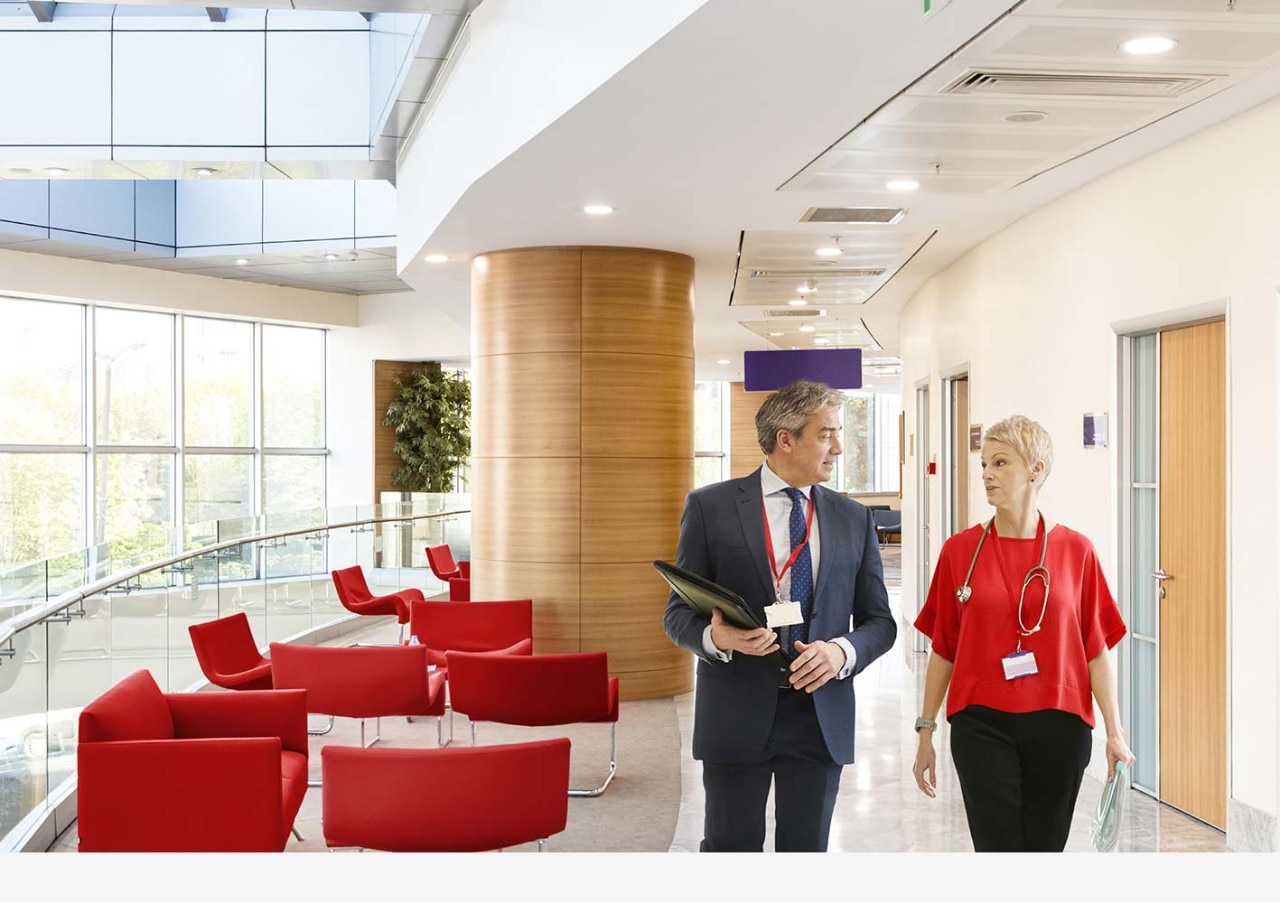Banking and finance for healthcare professionals - NAB
Finance solutions for all health professionals
At NAB Health we have dedicated financial specialists with in-depth industry knowledge who have been servicing and providing financial solutions to General Practitioners, Specialists, Dentists, Allied health, Pharmacies, Vets and Corporate Healthcare businesses for over 20 years.
NAB Health specialists (NAB, Medfin and HICAPS) for all your personal, business and financial goals

NAB Health bankers
Financial specialists with in-depth industry knowledge and access to market-leading products and services.

Medfin specialists
NAB’s specialist health financing company providing unique business lending products for over 30 years.

HICAPS
Simplify how you process healthcare claims and EFTPOS transactions. Improve accuracy and decrease time for end-of-day reconciliation.
Financial services and support for health professionals

Graduates and doctors in training
NAB Health bankers can help you financially, whether you are studying or have begun working.

Health professionals
A team of health industry financial specialists servicing practitioners starting up, expanding or transitioning to retirement.

Health corporates
Partner with a team of relationship bankers who understand large health organisations.
Everyday business banking and loan
HICAPS terminals, vehicle, fitout and equipment

NAB Health customer stories
Leap of faith leads to a successful practice
Partners in life – and in practice. Follow Cindy and Luan’s journey.
Next-gen healthcare: How Heather’s dream came true
Heather’s next-gen medical practice was built on a dream.
The art of building a pharmacy empire
Read how Perri McCarthy has built her pharmacy empire.
Get in touch
Sales enquiries
Let us help with your business banking needs. Request a call back to chat with one of our health specialists.
Contact us
Explore our business banking contact information and get support with a wide range of products, services and topics.
Visit a NAB business banking centre
Let our business banking specialists help you in person.
Terms and Conditions
Apologies but the Important Information section you are trying to view is not displaying properly at the moment. Please refresh the page or try again later.
Medfin Australia Pty Ltd (Medfin) and HICAPS Pty Ltd (HICAPS), are wholly owned subsidiaries of National Australia Bank Limited (NAB). Medfin’s & HICAPS’ obligations do not represent deposits or other liabilities of NAB. NAB does not guarantee its subsidiaries’ obligations or performance, or the products or services its subsidiaries offer. Banking services are provided by NAB. ©2025 Medfin Australia Pty Ltd ABN 89 070 811 148 Australian Credit Licence 391697 ©2025 HICAPS Pty Ltd ABN 11 080 688 866.





